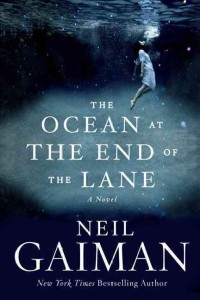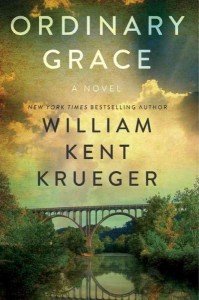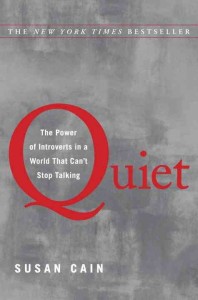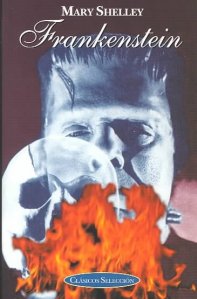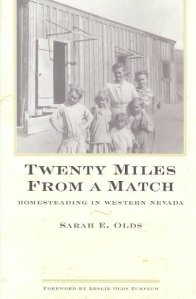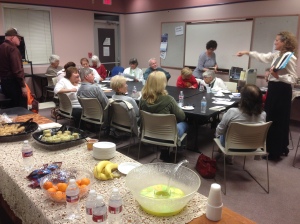Our discussion of Necessary Lies, by Diane Chamberlain, started quietly but had moments of intense passion. Our first responder said she liked the book—she found it so easy to read that it didn’t seem like a book club book! This prompted a discussion about  “good literature” versus “popular.” One member had a professor who kept murder mysteries hidden in a closet! Another member said she is often bothered by long, detailed descriptions that don’t necessarily add to the story and wondered if that was a trademark of some “good” literature that made it hard to read. We discussed James Patterson, a highly popular and prolific author, as well as our next book club pick, Landline, by Rainbow Rowell, which will give us the opportunity again to discuss our expectations and likes for entertainment and more.
“good literature” versus “popular.” One member had a professor who kept murder mysteries hidden in a closet! Another member said she is often bothered by long, detailed descriptions that don’t necessarily add to the story and wondered if that was a trademark of some “good” literature that made it hard to read. We discussed James Patterson, a highly popular and prolific author, as well as our next book club pick, Landline, by Rainbow Rowell, which will give us the opportunity again to discuss our expectations and likes for entertainment and more.
Our second responder liked that Necessary Lies was filled with dialog and personal thoughts and discussions. She cared about the characters. She had lived in North Carolina, working on a doctoral thesis. She had travelled to schools in some poor areas, giving intelligence tests to young children, and she had had no knowledge of the Eugenics Program. Now she can’t help but wonder if she wasn’t somehow complicit in the selection of children for sterilization.
Another member shared that eugenics programs continue in other parts of the world, amounting to genocide. Our own government admitted to the sterilization of “3,406 American Indian women without their permission between 1973 and 1976.”[1] She said this is the equivalent of one in four Native American women, significantly impacting the gene-pool for native people in the United States, and her anger was palpable.
The author included a link to a video of the actual North Carolina hearing she mentions at the end of her book and one of our members watched the entire two and half hour video.[2] She was still powerfully moved by the stories and the reality behind the fiction in Necessary Lies.
When we discussed the book more specifically, we were just as passionate. Why hadn’t the discussion questions included anything about the relationship between Jane and her husband? They must have been written by a man! When did we first realize that Jane and Robert were so mismatched? Times were different then. It was over 50 years ago! We’ve come a long way baby! The ACLU has fought hard for basic rights. Has intelligence testing changed? Was Ivy smart or just “street smart?” One of our male members was adamant that Robert knew exactly what he wanted in a wife and was at fault. Would we have taken little William from the family? Why in the world did Jane tell Mary Ella the truth when no good could come of it? Didn’t she need the proof to persuade Ivy that she was in danger? Did Mrs. Gardiner know of her husband’s abuse? Did Nonnie – how could she not? The social workers were evil! How could we know what it is like to be that poor? The discussion actually got overheated for a moment.
I am surprised that we never discussed Jane’s decision to hide Ivy. What would we have done? It was a powerful, informative, yet easy-to-read book. We mostly agreed that the happy ending was a little bit unlikely, but would we have liked the book without it? Could we have handled it? Although there was more we could have discussed, I think we were ready, as the hour ended, to move back into our world, a world that is perhaps stranger than fiction but better because of it.
- Other works discussed:
- Call the Midwife (2005) by Jennifer Worth
- A Fine Balance (2001) by Rohinton Mistry
- The 100 year-old man who climbed out the window and disappeared (2012) by Jonas Jonasson
- A Man Called Ove (2014) by Fredrik Backman.
- Vinegar Girl (2016) by Anne Tyler
[1] U.S. National Library of Medicine. Web accessed 7-13-2016. https://www.nlm.nih.gov/nativevoices/timeline/543.html
[2] Victims of sterilization tell their stories. Web accessed 7-13-2016. http://www.wral.com/news/video/9755940/




